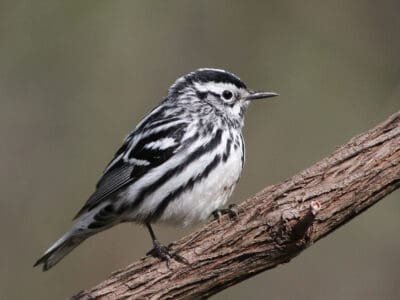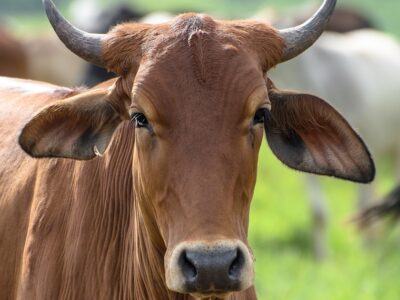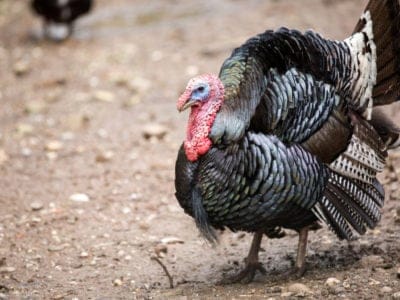Below you can find a complete list of Guatemalan animals. We currently track 301 animals in Guatemala and are adding more every day!
Stretching from the Atlantic to the Pacific, the Central American country of Guatemala comprises approximately 60,000 square miles of territory. This is split up between a large, relatively cool area known as the Central Highlands, an extensive volcanic mountain chain running along the Pacific coast, and extensive tracts of humid, tropical jungle in both the northern and southern parts of the country.
This lush landscape is home to many unique and exotic tropical types of animals, especially a large number of particularly colorful birds and the world-famous but notoriously shy jaguar.
The Official National Animal Of Guatemala

The Resplendent Quetzal, Guatemala’s national bird has a range that extends from Mexico to Panama
©Ondrej Prosicky/Shutterstock.com
Unlike a surprising number of countries, Guatemala does have an Official National Animal in the form of a multicolored bird known as the quetzal. Seen on both the Guatemalan flag and its National Seal, the quetzal takes pride of place over some other equally suitable candidate such as the jaguar. This is probably due to its association with the unique folklore and religious rites of pre-Columbian civilizations found in the area.
The avian also known as (Pharomachrus mocinno) or resplendent quetzal, also lives in Guatemala’s northern neighbor Mexico, but generally lives in Central America. It can be found from Mexico to Panama.
The quetzal prefers to live in the forest canopy although it is somewhat versatile in its preferred choice of home and can also be found in cliffs.
Its dietary patterns depend on its age; adults tend to rely more on fruit such as wild avocados, while hatchlings rely on a more insectivorous diet.
Where To Find The Top Wild Animals In Guatemala
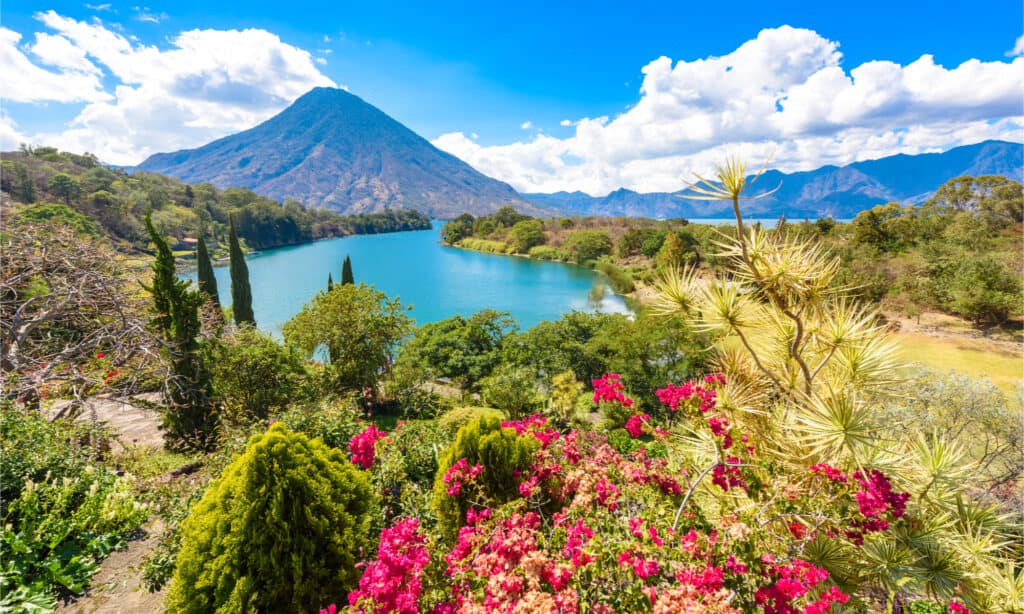
Guatemala’s wildlife can be admired in wildlife sanctuaries, reserves, and along the coast
©Simon Dannhauer/Shutterstock.com
As is the case with many other underdeveloped countries, particularly tropical ones, wildlife is easy to find almost everywhere in the country. Yet the most desirable sighting when it comes to wildlife is the incredibly cautious and somewhat endangered jaguar, one of the best known native animals to Guatemala. It is so hard to find jaguars in the wild that the only realistic hope of ever seeing one is to erect a time-lapse camera inside a jaguar’s territory and hope it passes by sooner or later.
- The zoo in Guatemala City is probably the best place for people to actually view a jaguar in the flesh. Although the country was a little slow to get on to the conservation bandwagon, Guatemala has been catching up recently. More distinct nature preserves have been added to the list of established reserves, and more additions have been made to the unique, large concept Maya Biosphere Reserve.
- Due to their distinct climate zones, reserves represent specific parts of the overall types of animals in Guatemala rather than an overview. With extensive numbers of reptiles and amphibians thriving in its coastal zones or along its many jungle rivers, the Sierra Caral Amphibian Reserve provides both a safe zone for recovery of endangered species. Situated on the eastern coast, the reserve also provides opportunities for enjoyment and study.
- Sierra del Lacandon National Park is oriented more towards the creatures living in the dense jungles of Central America. This includes relatively large populations of many of Guatemala’s most famous indigenous animals, such as Howler Monkeys, Macaws, Toucans, Jaguars, Alligators, and Crocodiles.
- For bird aficionados, Tikal National Park is the place to savor Guatemala’s extensive catalog of colorful native avians.
- Along the coastal regions of the country, marine life is found in abundance, particularly a spectacular assortment of sea turtles, including several species at risk of extinction.
Birds in Guatemala
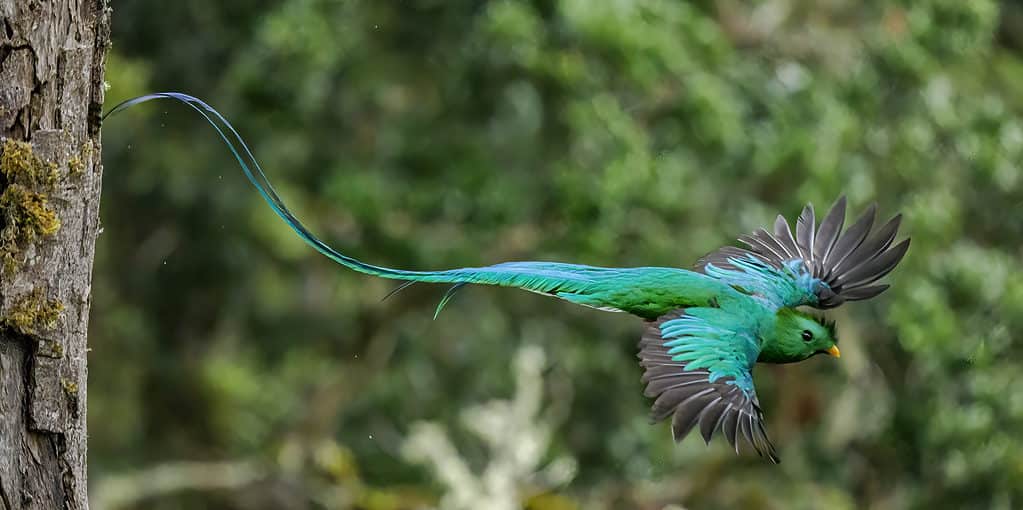
Known as the “land of trees” Guatemala’s forests, provide shelter and sustenance for almost 770 bird species
©iStock.com/Carole Palmer
Appropriately named as “land of trees” by the Maya, Guatemala is covered by forests over almost 35 percent of its entirety. These forests provide shelter, food, and habitats to around 770 different species of bird, many of which are unique to the country. Cloud forests in the mountainous region remain the perfect environment for distinctive species such as the Resplendent Quetzal and rare Horned Guan. Surrounding the Mayan ruins of Tikal are lowland forests. Humidity within these forests attracts the impressive Ocellated Turkey and Orange-breasted Falcon, an elusive bird. Volcano foothills serve as domain for more common birds like the Azure-rumped Tanager. Other common avifauna, Pink-headed and Goldman’s Warblers, reside in highland pine-oak forests.
Other spectacular species of Guatemala include:
- Garnet-throated Hummingbird
- Surf Scoter
- Guatemalan Pygmy Owl
- Keel-billed Toucan
Bird species of the country contribute greatly to the immense biodiversity it offers. Avifauna is threatened by deforestation in many parts of Guatemala, so it is especially important to respect conservation efforts and environments when visiting.
Fishing in Guatemala

Yellowfin tuna can be found between the months of April to August in the waters of the Pacific
©Shane Gross/Shutterstock.com
Not only top in the world for biodiversity and ancient culture, Guatemala is also a number one for angling. Billfish are especially popular off the Guatemalan Pacific coast, reaching whopping sizes of around 600 pounds. Marlin, dorado, and yellowfin tuna are also key options for anglers.
Blue Marlin can be encountered between April and August and individuals may range between 200-400lb. The smaller yellowfin tuna can also be seen during this game period with an average weight range of 25-45 lbs. Wahoo which is considered to be somewhat similar to mackerel can be encountered. These fish which are capable of reaching lengths of 8 feet and weights exceeding 180lbs can normally be found between the months of October to December.
Snakes in Guatemala
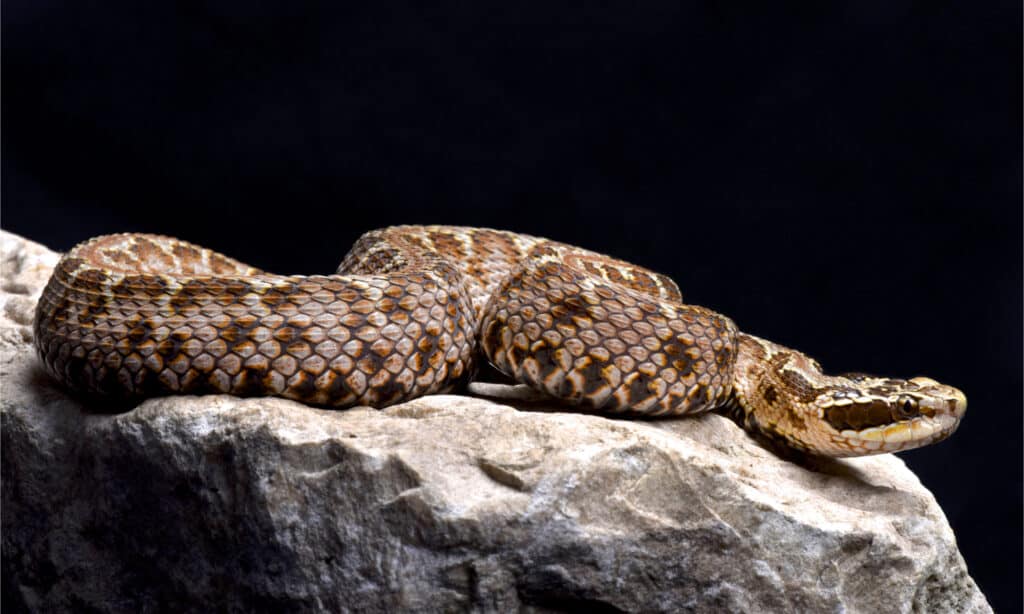
Guatemala is home to an extensive selection of snakes including pit vipers
©reptiles4all/Shutterstock.com
Reptile life in Guatemala is abundant, including around 134 species of snake. A majority of species fall under the family colubrid, followed by viperid and elapid snakes. In the country, 18 species of snake are venomous and pose a threat to humans. Listed are some of the most common snakes in Guatemala:
- Blind snakes
- Dwarf boas
- Burrowing snakes
- Coral snakes
- Vipers and pit vipers
Blind snakes tend to reside in urban and agricultural areas. Meanwhile, burrowing snakes are rightfully named for their tendency to burrow the forest floors of the country. Coral snakes remain in wet lowlands and forests of the Pacific side of Guatemala. Viper, pit viper, and dwarf boa habitats range from arid deserts to humid rainforests. Visitors should keep an eye out for these beautiful yet dangerous animals.
The Most Dangerous Animals In Guatemala
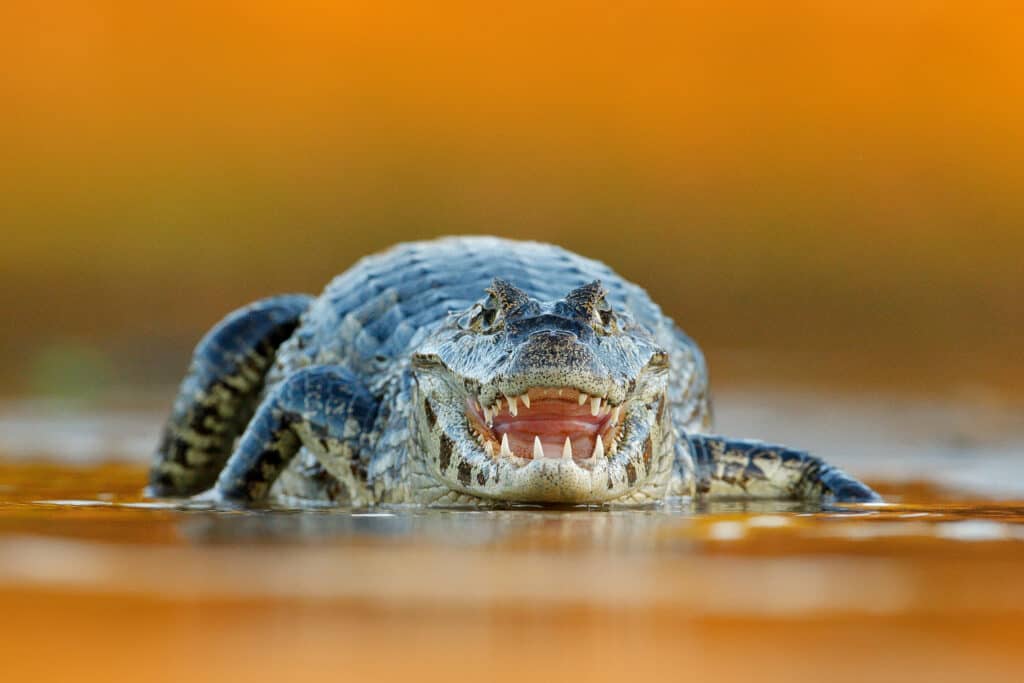
Several reptilian species can be found in Guatemala including caimans, crocodiles, elapids, and pit vipers
©Ondrej Prosicky/Shutterstock.com
Guatemala is home to a number of dangerous wildlife including its large felines, the puma, and the jaguar. Also worthy of a spot on the most dangerous list are crocodiles and alligators including the American crocodile, Morelet’s crocodile, and the speckled caiman.
The Central American nation also hosts several pit vipers including and by no means limited to the Guatemalan jumping pitviper, Guatemalan palm viper, Guatemalan tree viper, Eyelash viper, Honduran palm-pitviper, and the Merendon palm-pitviper.
In addition to these venomous reptiles, several elapids can also be found in Guatemala including the Brown’s coral snake, Central American coral snake, Elegant coral snake, Mayan coral snake, Stuart’s coral snake, and the yellow sea snake.
Zoos in Guatemala
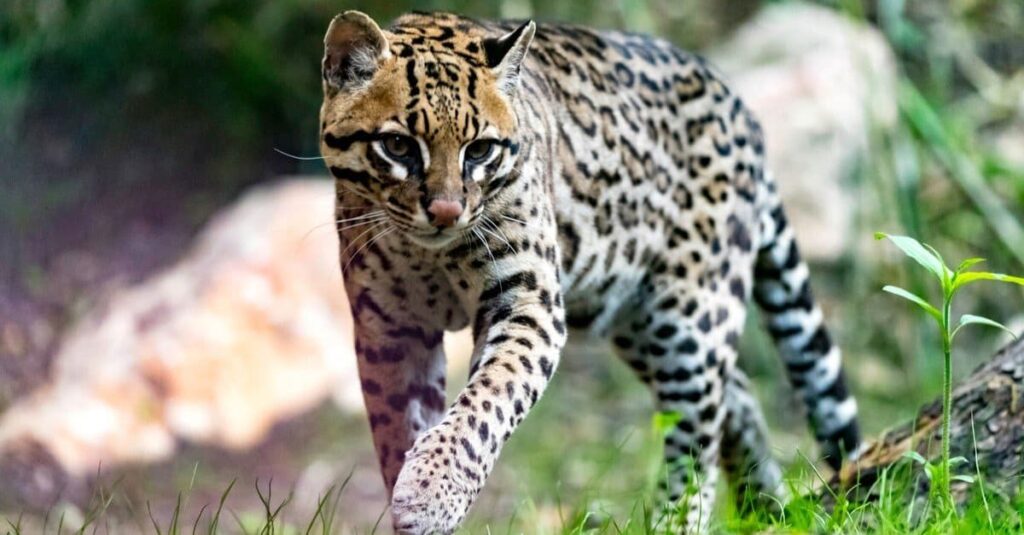
Guatemala’s unique wildlife species including ocelots and jaguars can be admired in several of its zoos
©Saad315/Shutterstock.com
On days when visitors aren’t hitting the beach or hiking the mountains of the country, it may be worthwhile to check out some of the zoos and wildlife parks in Guatemala that offer an array of animal species, both native and exotic.
One of the most exciting zoos to visit is La Aurora Zoo, located in Guatemala City, itself. Around 2,100 animals reside within the zoo of almost 290 different species. The zoo focuses its efforts on participating in conservation efforts and also on educating the public about threatened species. Species that visitors particularly adore include:
And many more!
Another popular zoological garden to visit in Guatemala is the Petencito Zoo. Surrounded by a lake, the zoo is comprised of two parts connected by a wooden drawbridge. Exhibits include jaguars, monkeys, ocelots, lions, and several different species of bird as well as reptiles.
Zoological gardens exist mainly for the purpose of animal protection as well as educational for visitors from around the world.
The Largest Animal in Guatemala

The jaguar is Guatemala’s largest animal
©Pedro Helder Pinheiro/Shutterstock.com
Although the jaguar (panthera onca) might have missed out on the enviable status of national animal, in terms of the terrestrial size stakes, it emerges the undisputable winner. A triumph for this beautiful rosette-covered feline which was once revered by the ancient Mayans as an intermediary between the world of the living and the world beyond, and also as a symbol of power and strength.
Although its fellow feline, the cougar, is capable of reaching lengths of 2.4 meters, it is simply outclassed by its stockier, speckled relative when it comes to tipping the scales. Jaguars are capable of weighing anywhere between 220 – 350 lbs and reaching 9 feet in length (tail included).
Most of Guatemala’s jaguars call the Maya Biosphere Reserve (MBR) home. The sanctuary is located in the north of the country and is linked with reserves in Belize and Mexico forming a natural sanctuary that is truly immense. In general, the big cats’ range covers over half of Guatemala (58%) and they enjoy extensive protection within it since 47.2% are protected areas. About 600 jaguars prowl the humid, dense vegetation in these regions.
The Rarest Animal in Guatemala
Jackson’s climbing salamander (Bolitoglossa jacksoni) is the nation’s rarest critter. The last time anyone spotted it was in 1975. And only two lucky individuals had gotten to catch a glimpse of it at the time. Fortunately, it made an appearance 42 years later in 2017 in the Finca San Isidro Amphibian Reserve in the Sierra de los Cuchumatanes.
The reptile which is immediately recognizable owing to its striking appearance is gold-colored with a thick dark band of pigment which runs along its upper surface from its head, itself surrounded by a pale, thin border of white pigment, and which breaks into segments at the amphibian’s tail. The band may also have a splash of gold at the head.
Jackson’s climbing salamander also has large dark eyes.
Nature lovers everywhere and herpetologists have vigilant ranger Tomas Ramos Leon to thank for this latest sighting, who upon spotting it, while patrolling the premises, promptly took a picture of it and sent it to USAC University’s curator of herpetology, Carlos Vasquez.
Jackson’s climbing salamander is believed to be endemic to Mexico’s southern neighbor however, its population remains unknown at present.
Endangered Animals In Guatemala
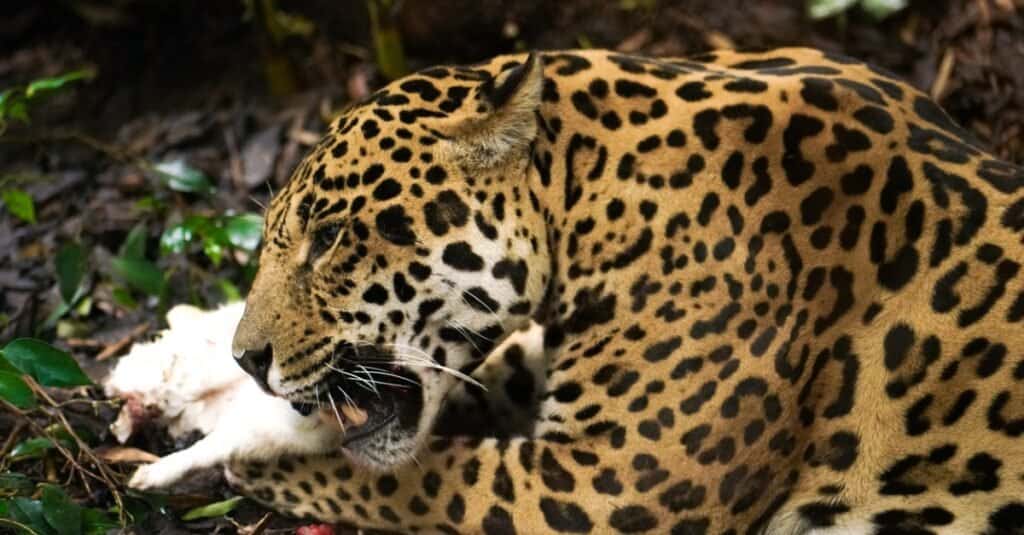
Guatemala’s jaguars have been significantly affected by a shrinking habitat and human exploitation
©iStock.com/Steven Anderton
Both the majestic jaguar and the revered quetzal are endangered species due to habitat loss and human exploitation. The jaguar seems to hover on the dividing line between threatened and endangered, as its elusiveness may contribute to the haziness of this designation.
Another famous native species of Guatemala, the Guatemalan Black Howler Monkey also counts as endangered, as does the Horned Guan, which is threatened by extinction. Guatemala is home to many species of iguana and sea turtle that have found their way onto the list even as other closely related species appear to be in little or no danger of becoming extinct at all.
Guatemalan Animals

Acadian Flycatcher
Their nests are sloppily held together and have an abandoned appearance
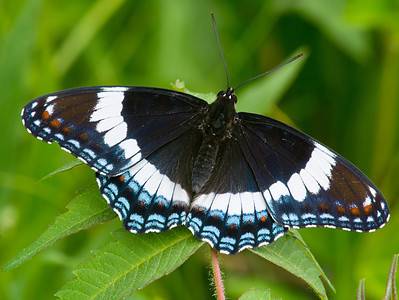
Admiral Butterfly
Stunningly beautiful wings
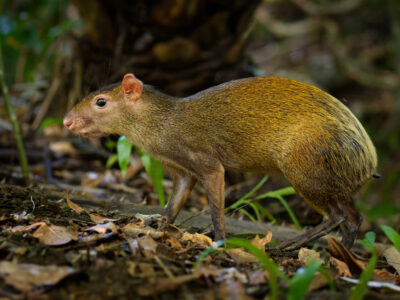
Agouti
The agouti is one of the only animals that can crack open Brazil nut pods!
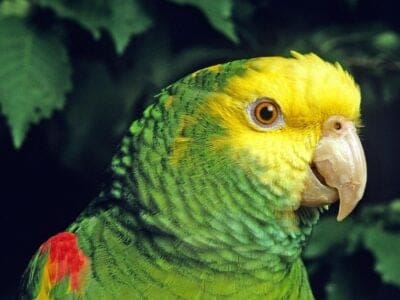
Amazon Parrot
These parrots can be trained to be "talking birds" that mimic human speech
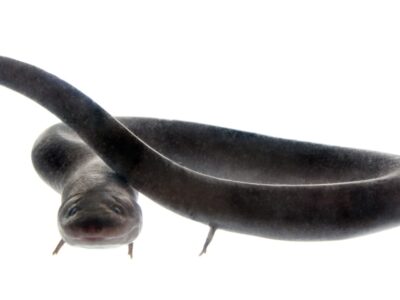
American Eel
Don't eat raw eel! Their blood is poisonous to humans when consumed raw.
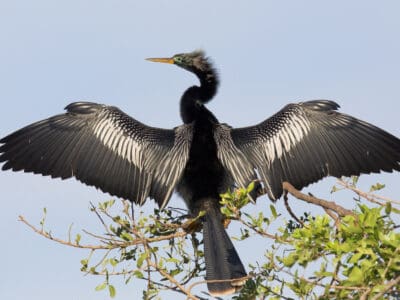
Anhinga
Their name means snake bird
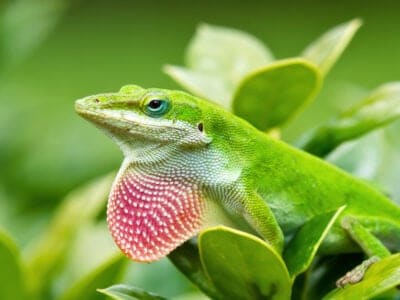
Anole Lizard
There are just under 400 species, several of which change color.

Ant
First evolved 100 million years ago!

Anteater
Has the longest tongue of any animal in relation to its body size!

Armadillo
Can curl into a hard, protective ball!

Armyworm
They are so named because they "march" in armies of worms from one crop to another in search of food
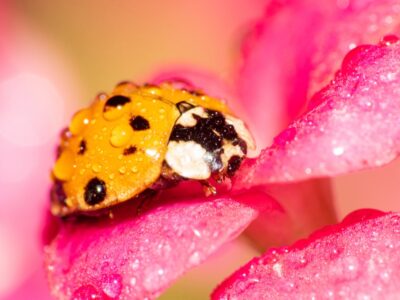
Asian Lady Beetle
Asian lady beetles infest indoor spaces, but they do not reproduce indoors.

Barn Owl
Found everywhere around the world!

Barn Swallow
Older offspring help care for new hatchlings.
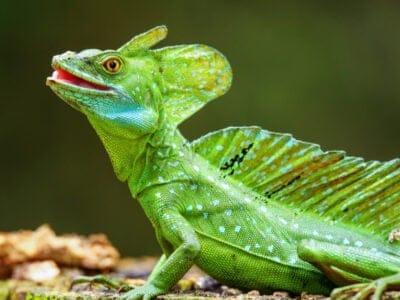
Basilisk Lizard
Can run/walk on water.

Bat
Detects prey using echolocation!
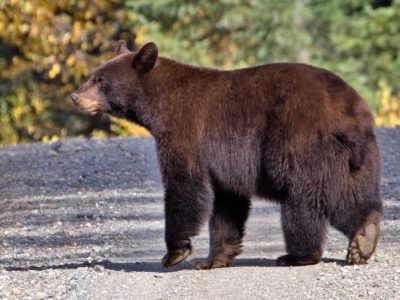
Bear
There are 8 different species!

Bed Bugs
Bed bugs feed for 4-12 minutes.

Bee
Rock paintings of bees date back 15,000 years

Beetle
There are more than 350,000 different species

Beewolf wasp
They hunt bees

Bird
Not all birds are able to fly!

Biscuit Beetle
The biscuit beetle form a symbiotic relationship with yeast

Black Widow Spider
They typically prey on insects!
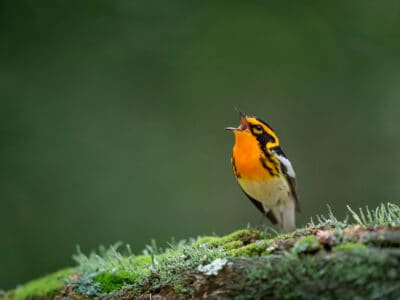
Blackburnian Warbler
They are the only songbird in North America with an orange throat!
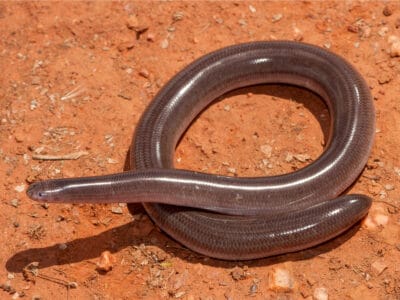
Blind Snake
The blind snake is often mistaken for a worm.
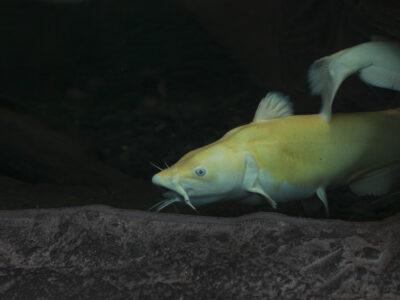
Blue Catfish
It's a strong fighter when caught on a fishing line
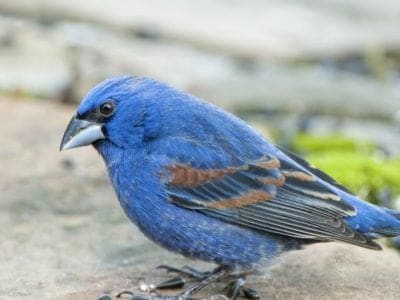
Blue grosbeak
Blue grosbeak parents take off the head, legs and wings of an insect before feeding it to their baby.
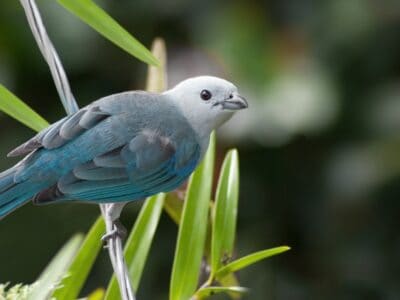
Blue Tanager (Blue-Grey Tanager)
They travel and forage in pairs or groups
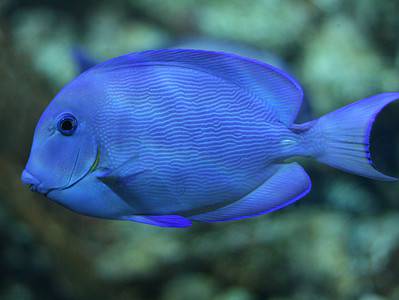
Blue Tang
One of the most colorful members of the genus Acanthurus
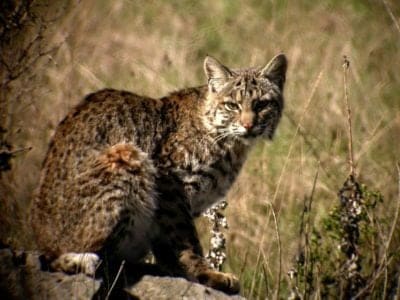
Bobcat
About double the size of a domestic cat!
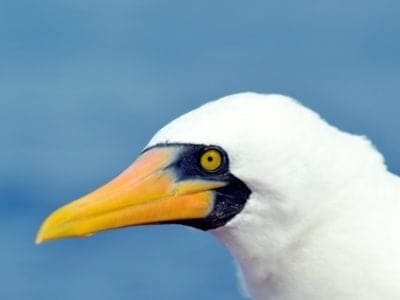
Booby
Seabirds found across the South Pacific!
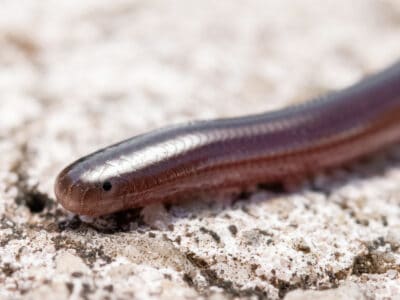
Brahminy Blindsnake
These snakes have been introduced to all continents, except Antarctica!
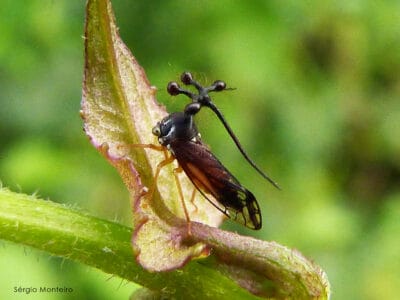
Brazilian Treehopper
“Mild-Mannered Minimonsters”

Brown Dog Tick
Can live its entire life indoors
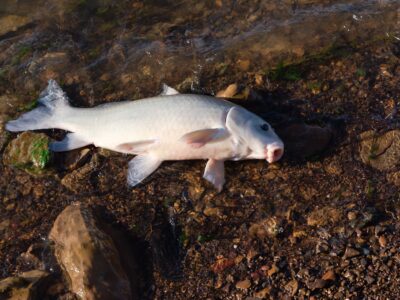
Buffalo Fish
The oldest Buffalo fish recorded was 112 years old!
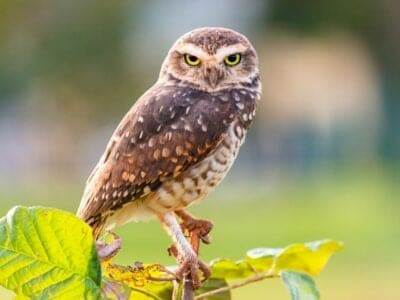
Burrowing Owl
The burrowing owl lives in underground burrows

Butterfly
There are thought to be up 17,500 species!
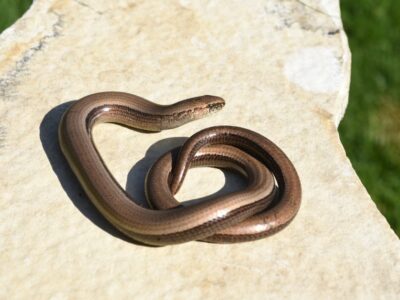
Caecilian
Some species' babies use their hooked or scraper-like teeth to peel off and eat their mother's skin
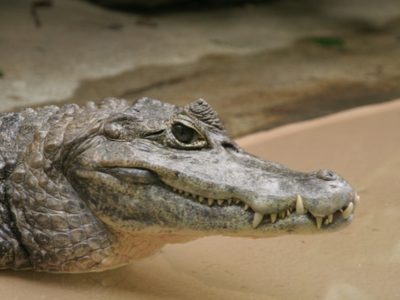
Caiman
Can grow to up 6 meters long!
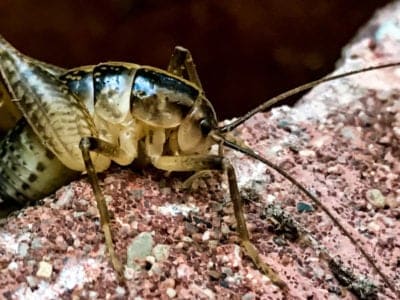
Camel Cricket
The camel crickets that are found in the USA are light brown in color. They also have dark streaks all over their body.

Carpenter Ant
Carpenter ants can lift up to seven times their own weight with their teeth!

Cat
May have been domesticated up to 10,000 years ago.

Caterpillar
The larvae of a moth or butterfly!

Catfish
There are nearly 3,000 different species!

Cedar Waxwing
Their feathers have red, waxy tips that can be hard to identify unless you’re up close.

Centipede
There are about 3,000 documented species!

Checkered Garter Snake
It has the ability to expel a stinky liquid from its body as a way to make predators (and humans) retreat!
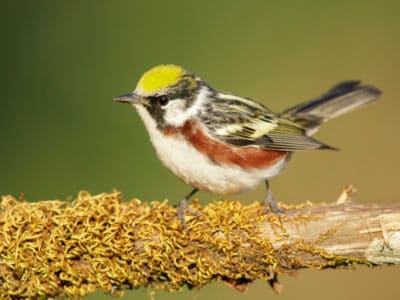
Chestnut-Sided Warbler
They inhabit regrowing forests

Chicken
First domesticated more than 10,000 years ago!

Cichlid
There are more than 2 000 known species!
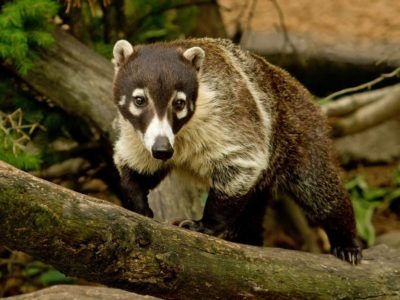
Coati
Found in dense forests and wet jungles!

Cockroach
Dated to be around 300 million years old!

Codling Moth
Pupae are able to undergo diapause to survive poor fruit yield years and winter.
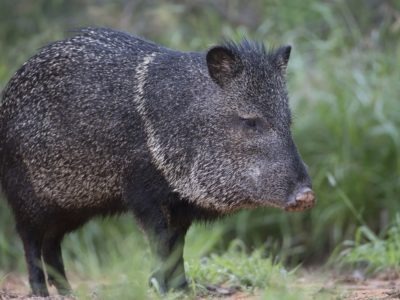
Collared Peccary
Form bands of up to 12 individuals!

Common Furniture Beetle
The common furniture beetle feeds exclusively on wood

Common House Spider
House spiders have the ability to eat most insects in a home.
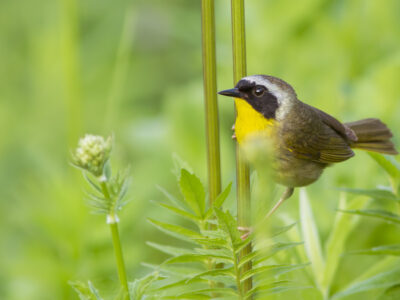
Common Yellowthroat
The Common Yellowthroat stays close to the ground and uses stealth to survive!
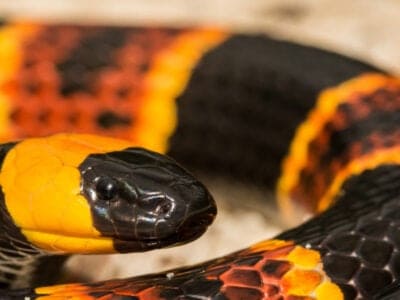
Coral Snake
There are over 80 species of coral snake worldwide.

Cormorant
They can fly 35 mph and dive 150 feet below water.

Cow
There are nearly 1.5 billion worldwide!

Crab
There are 93 different crab groups

Crab Spider
Crab Spiders can mimic ants or bird droppings

Cricket
Male crickets can produce sounds by rubbing their wings together
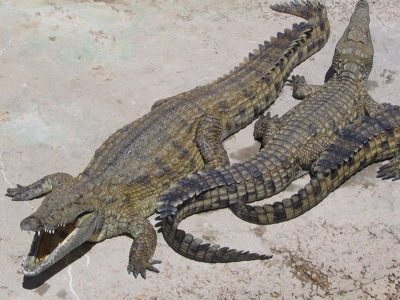
Crocodile
Have changed little in 200 million years!

Crocodylomorph
Crocodylomorphs include extinct ancient species as well as 26 living species today.

Crow
A group of these birds is called a Murder.
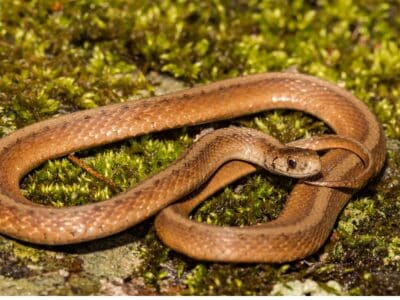
De Kay’s Brown Snake
They have specialized jaws for removing snails from shells.
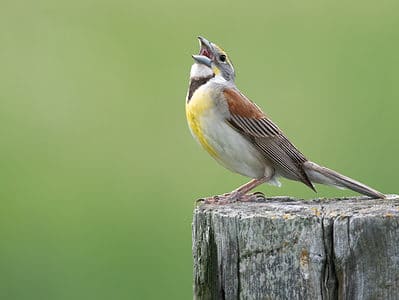
Dickcissel
They have a unique call that they are named for.

Dog
First domesticated in South-East Asia!

Dog Tick
Dog ticks feed on dogs and other mammals

Donkey
First domesticated 5,000 years ago!

Dragonfly
It's larvae are carnivorous!
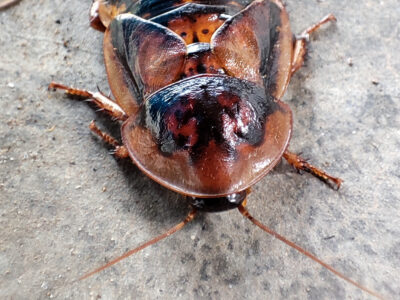
Dubia Cockroach
The most popular species of feeder roach

Duck
Rows of tiny plates line their teeth!

Dung Beetle
The dung beetle can push objects many times its own weight
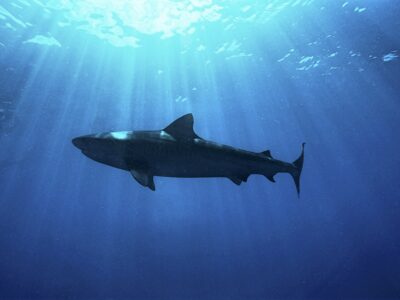
Dusky Shark
The Dusky Shark sometimes eats trash discarded by humans.
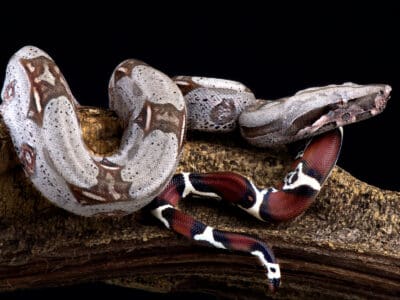
Dwarf Boa
Some species can change color from dark to light, and back again.
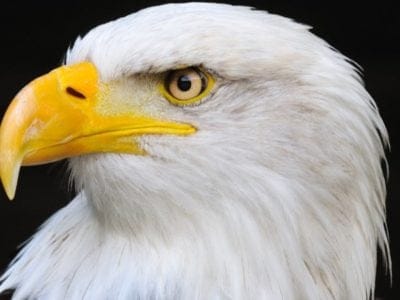
Eagle
Has exceptional eyesight!

Earthworm
They are hermaphrodites, which means they have male and female organs

Earwig
There are nearly 2,000 different species!

Eastern Meadowlark
They can live up to 9 years.

Eastern Racer
Fast and Furious!

Eel
Eels can be a mere few inches long to 13 feet!
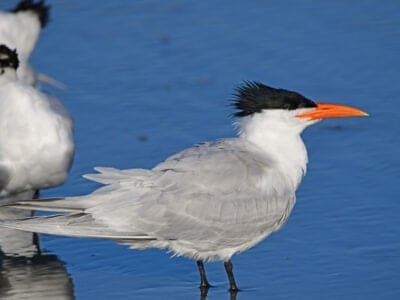
Elegant Tern
Have a lifespan of 20 years or more
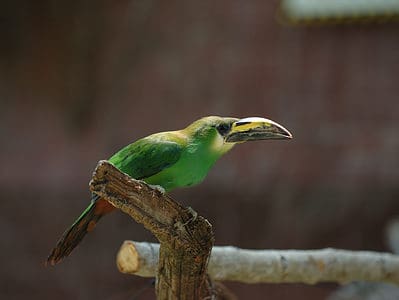
Emerald Toucanet
Emerald Toucanets spend their lives high in the canopy of tall forests, almost never coming to the ground!
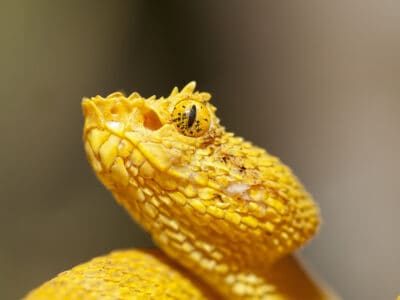
Eyelash Viper
While the eyelash viper can be a pet, be cautious – they are extremely venomous!

Falcon
The fastest creatures on the planet!

False Widow Spider
False spiders actually prey on black widow spiders and other hazardous spiders
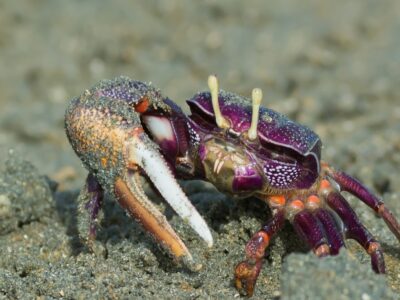
Fiddler Crab
The fiddler crab gets its name from the motion the males make with their over-sized claw during the mating ritual.

Firefly
The firefly produces some of the most efficient light in the world

Flamingo
Sleeps on just one leg!

Flea
Adult fleas can jump up to 7 inches in the air

Fly
There are more than 240,000 different species!
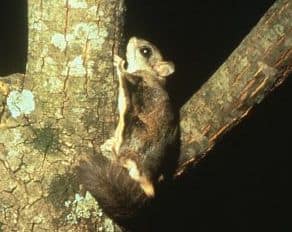
Flying Squirrel
Can glide up to 90 meters!

Frog
There are around 7,000 different species!

Fruit Fly
Fruit flies are among the most common research animals in the world
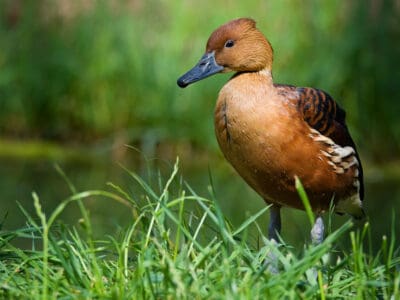
Fulvous Whistling Duck
They build a ramp from their nest, which leads to a nearby water source
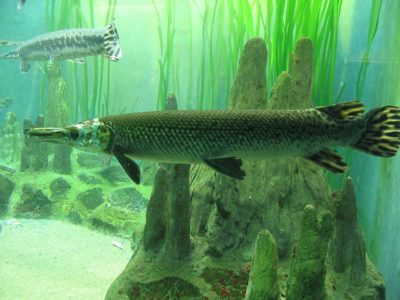
Gar
Can grow to more than 3m long!
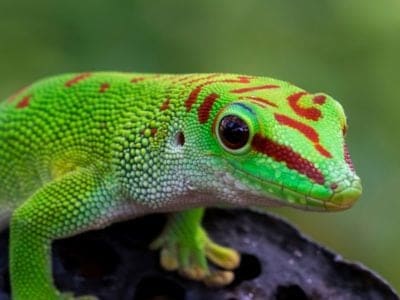
Gecko
There are thought to be over 2,000 species!

German Cockroach
The most common type of urban roach
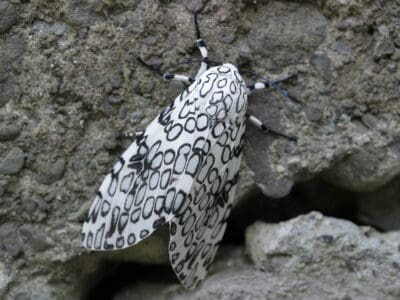
Giant Leopard Moth
When giant leopard moths mate, their mating sessions last over 24 hours.

Glowworm
Found inhabiting dense woodland and caves!

Gnat
Males form large mating swarms at dusk
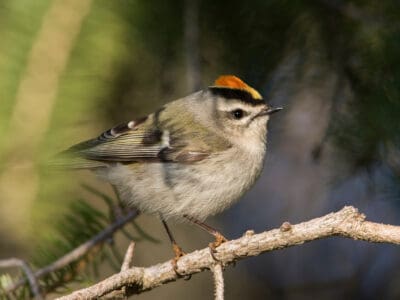
Golden-Crowned Kinglet
They huddle together for warmth

Grasshopper
There are 11,000 known species!
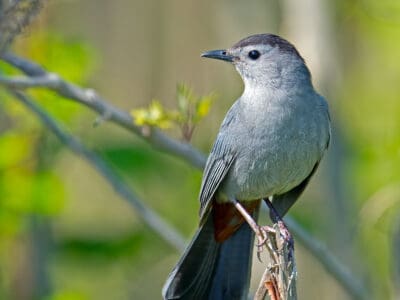
Gray Catbird
Their songs have cat-like qualities and can mimic other birds and animals, like tree frogs.
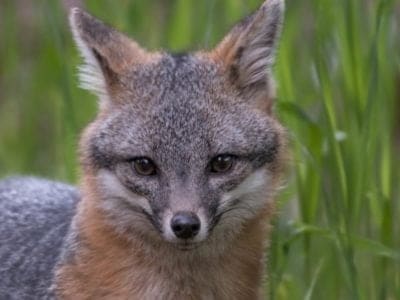
Gray Fox
The gray fox has retractable claws and a rotating wrist that allow it to climb trees with some proficiency

Great Blue Heron
Their wingspan is larger than an eagle’s; both males and females help hatch the eggs; rich in symbolism
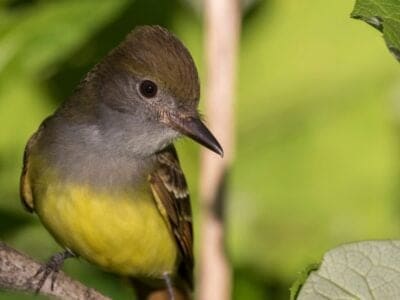
Great Crested Flycatcher
This species makes use of some truly unusual nesting material, including snakeskin and garbage
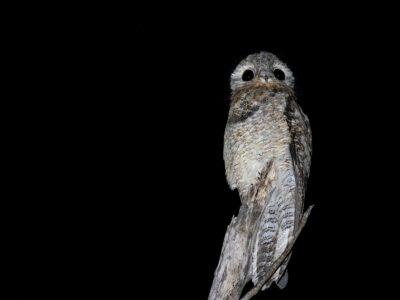
Great Potoo Bird
At night, they make a terrifying low call that sounds like a distressed moan or growl.

Guppy
Also known as the Millionfish!
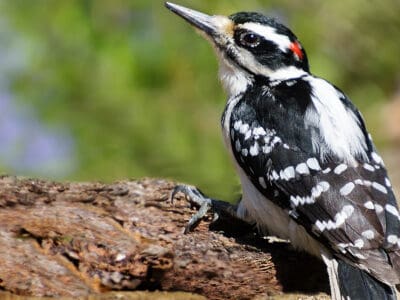
Hairy Woodpecker
They are natural pest controls
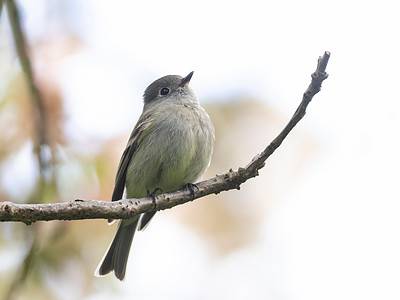
Hammond’s flycatcher
“Hammond’s flycatcher has a call known as a sharp peek!”

Hamster
Able to run as quickly backwards as forwards!

Hare
Can reach speeds of over 50 mph!
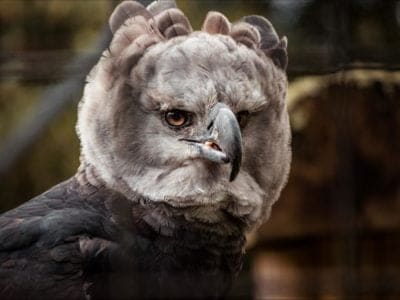
Harpy Eagle
Talon's the size of a grizzly bear's claws!
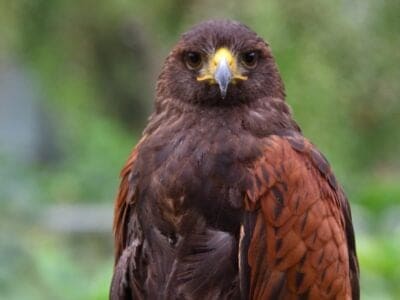
Harris’s Hawk
Their vision is eight times better than a human's

Hawk Moth Caterpillar
Many hawk moth caterpillars eat toxins from plants, but don’t sequester them the way milkweed butterflies do. Most toxins are excreted.
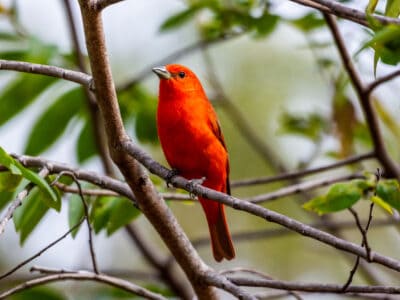
Hepatic Tanager (Red Tanager)
Parents and their young sing sweetly to each other

Hercules Beetle
This dynastine scarab beetle makes a weird huffing sound when it’s disturbed.

Heron
Inhabits wetlands around the world!
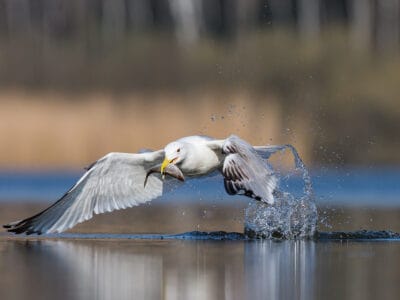
Herring Gull
They are loud, spirited birds with raucous cries that sound like bursts of laughter.

Honey Bee
There are only 8 recognized species!
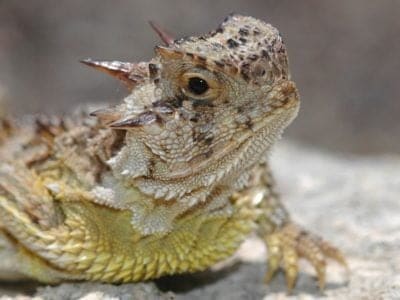
Horned Lizard
The horned lizards are able to squirt blood from their eyes.

Horse
Has evolved over 50 million years!

Horsefly
Horseflies have been seen performing Immelmann turns, much like fighter jets.

House wren
The wren’s epithet, aedon, comes from a Greek queen who accidentally killed her only son. She was actually aiming for her nephew, and Zeus took pity on her and turned her into a nightingale.

Housefly
The fly has no teeth
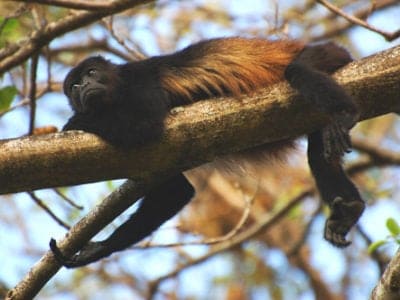
Howler Monkey
Spends 80% of it's time resting!

Human
Thought to have orignated 200,000 years ago!
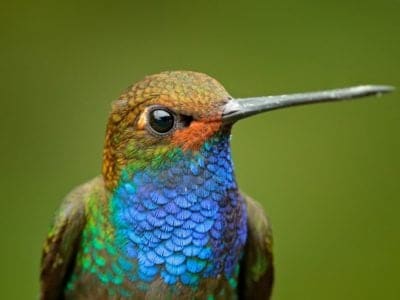
Hummingbird
Beat their wings up to 80 times per second!

Huntsman Spider
Some huntsman spiders have an interesting way of moving around. Some cartwheel while others do handsprings or backflips.

Ibis
Found in swamps, marshes and wetlands!
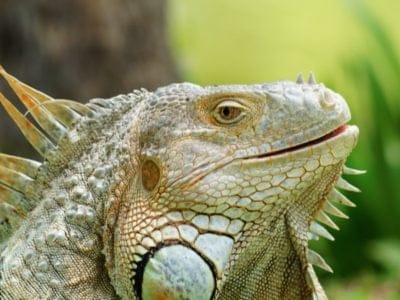
Iguana
Uses visual signals to communicate!

Insects
There are an estimated 30 million species!
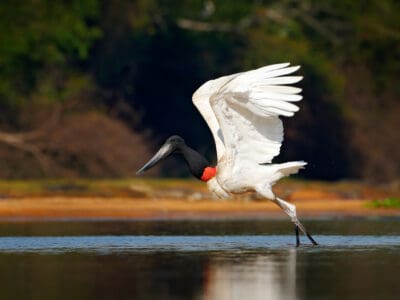
Jabiru
They form lifelong pair bonds and live in groups near water sources.

Jacana
The jacana has the ability to swim underwater
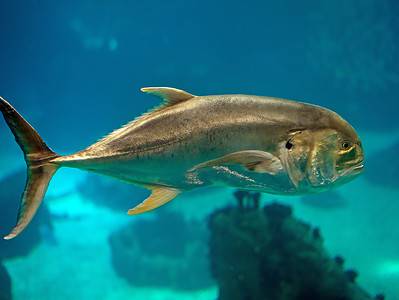
Jack Crevalle
One of the biggest species in the Caranx genus
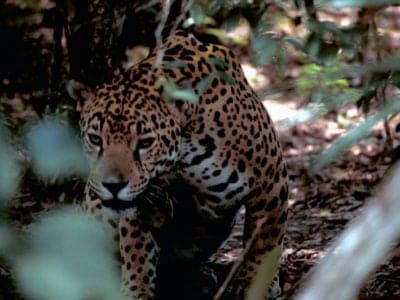
Jaguar
The largest feline on the American continent!

Jumping Spider
Some can jump 50 times the length of their bodies
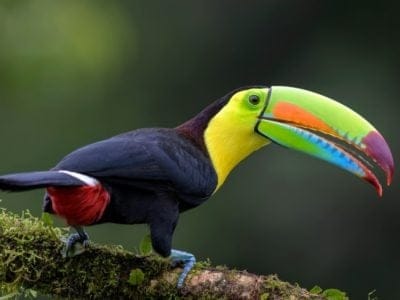
Keel-Billed Toucan
It's beak can reach nearly 20 cm long!
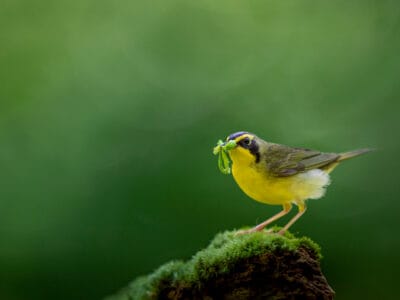
Kentucky Warbler
The Kentucky Warbler appears to wear bright yellow cat-eye glasses!
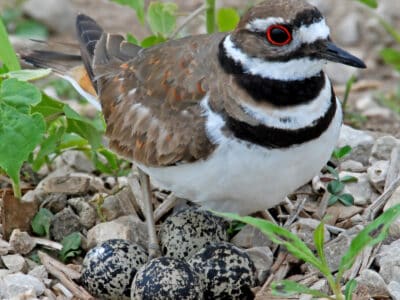
Killdeer
The killdeer feigns injury to draw a predator away from its nest.

Kingfisher
Inhabits wetlands and woodlands worldwide!
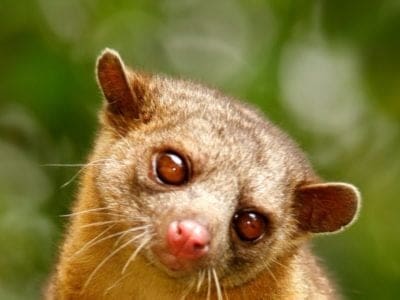
Kinkajou
The kinkajou is a nimble forest-dwelling mammal of Central and South America.

Ladybug
There are more than 5,000 species worldwide!
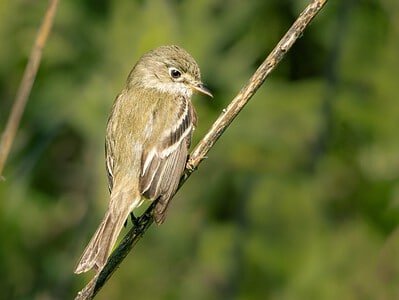
Least Flycatcher
They can travel up to 72 miles in a single day.

Leech
Has 10 pairs of eyes!
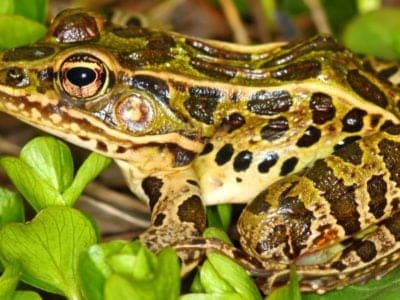
Leopard Frog
They can jump up to three feet

Lesser Scaup
Young lesser scaups learn to dive as soon as their down dries.

Lizard
There are around 5,000 different species!

Locust
Each locust can eat its weight in plants each day.
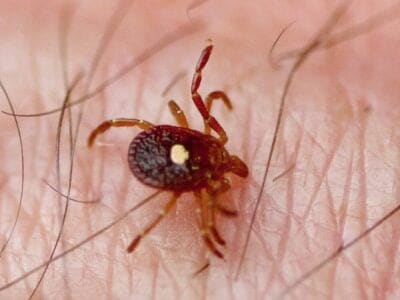
Lone Star Tick
Only females have the ‘lone star’ marking
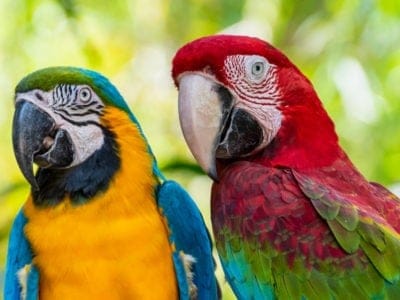
Macaw
The largest species of parrot in the world!
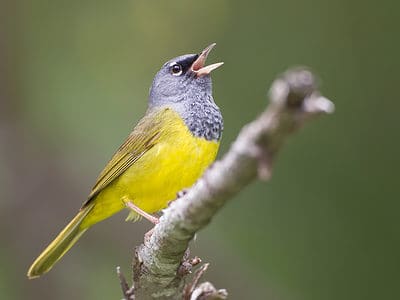
MacGillivray’s Warbler
The complicated story of how MacGillivray’s Warblers got their name involves three ornithologists, a physician and a compromise.
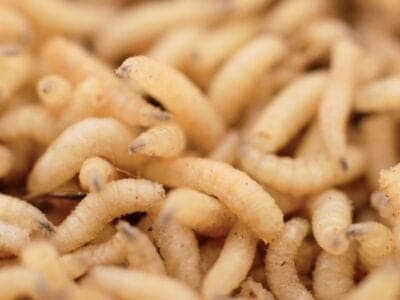
Maggot
Will only live in wet areas
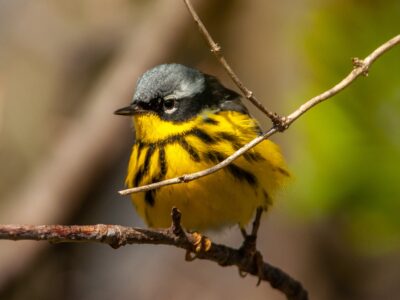
Magnolia Warbler
They line their nests with fungi strands
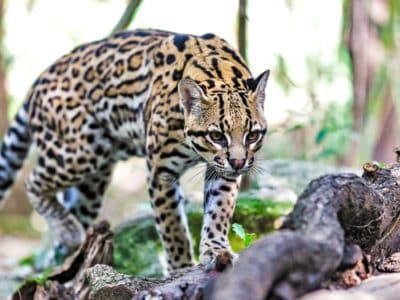
Margay
Margays are one of the world’s most highly adapted cat species for climbing trees!
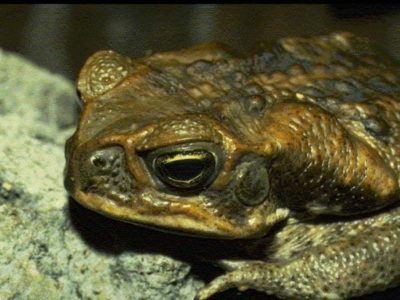
Marine Toad
Produces a toxin used in arrow darts!
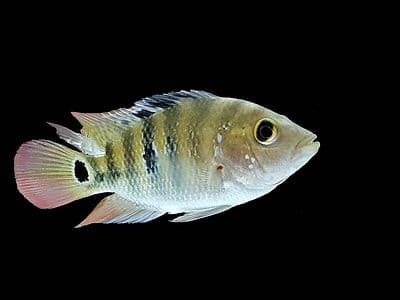
Mayan Cichlid
Mayan cichlids live longer in captivity than they do in the wild.

Mayfly
There are 2,500 known species worldwide!

Mealybug
They have a symbiotic relationship with ants.
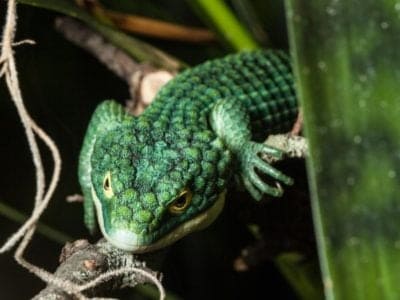
Mexican Alligator Lizard
Mexican alligator lizards shed their skin like snakes.

Mexican Free-Tailed Bat
Some colonies have millions of bats

Millipede
Some species have a poisonous bite!

Mockingbird
Mockingbirds are incredible mimics that can learn hundreds of songs!

Mole
Primarily hunts and feeds on Earthworms!

Mole Cricket
Adult Mole crickets may fly as far as 5 miles during mating season and are active most of the year.
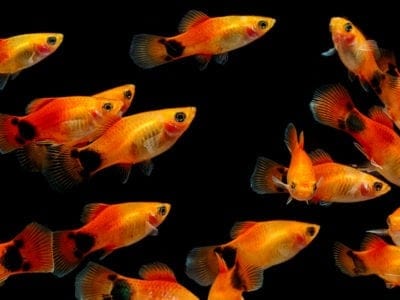
Molly
Known for their calm and peaceful nature!

Monarch Butterfly
During migration, Monarch Butterflies may travel 250 or more miles each day.

Mongrel
Has characteristics of two or more breeds!

Monkey
There are around 260 known species!
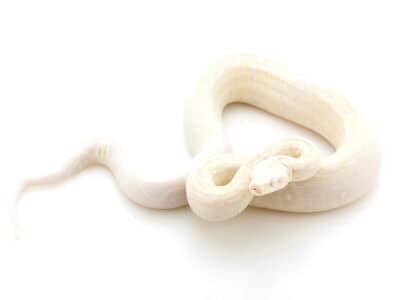
Moonglow Boa
Moonglow boas are the result of mixing three genetic traits.

Moorhen
Feeds on aquatic insects and water-spiders!
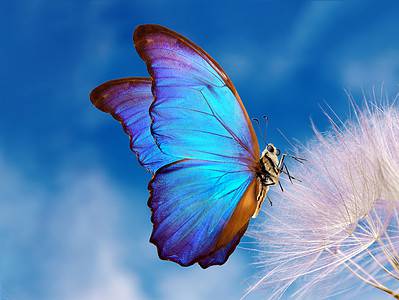
Morpho Butterfly
Collectors prize them for their bright wings

Mosquito
Only the female mosquito actually sucks blood

Moth
There are 250,000 different species!
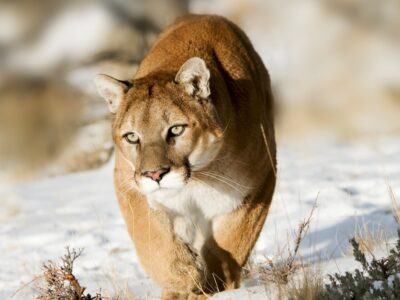
Mountain Lion
Has no real natural predators!
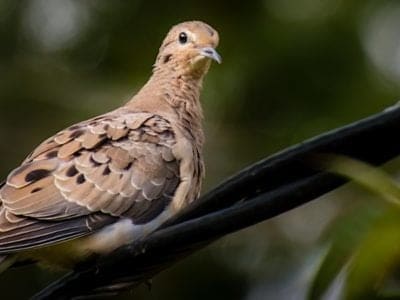
Mourning Dove
It is almost always the male who makes the famous sad sound, which is a wooing call
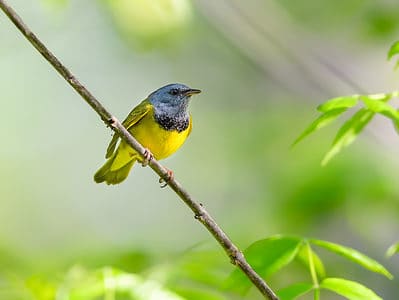
Mourning Warbler
The Mourning Warbler was named for its gray head, which resembles a mourning veil!

Mouse
Found on every continent on Earth!

Mule
The offspring of a horse and donkey parents!
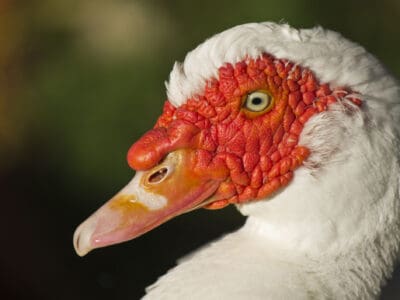
Muscovy Duck
Unlike most duck species, the Muscovy is silent and only makes noise when excited or threatened.

Nematode
Nematodes range in size from 1/10 of an inch to 28 feet long

No See Ums
There are more than 5,000 species.
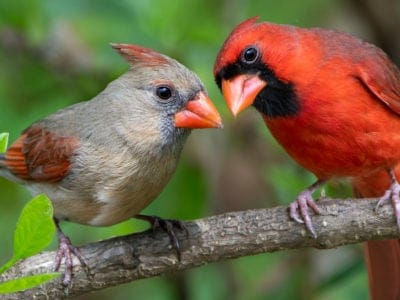
Northern Cardinal
Males are a bright red color, also called "cardinal red"
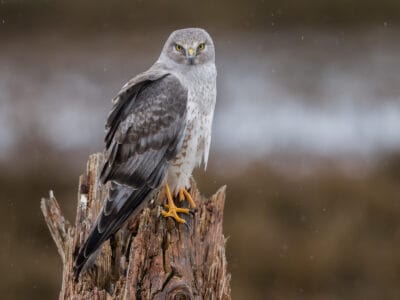
Northern Harrier
They can reach speeds of 25 Mph but prefer to soar low and slow.
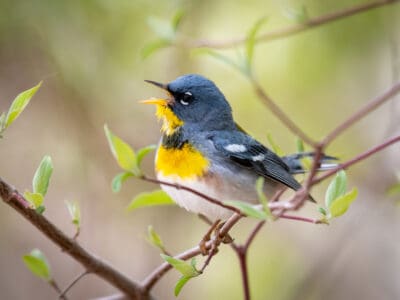
Northern Parula
They live in coffee and citrus plantations during the winter
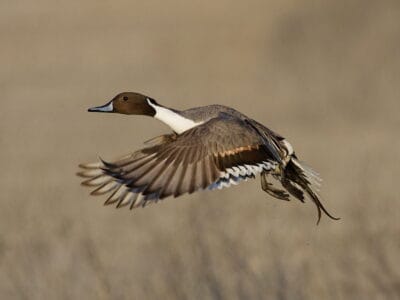
Northern Pintail
Northern pintails migrate at night with speeds reaching 48 miles per hour!
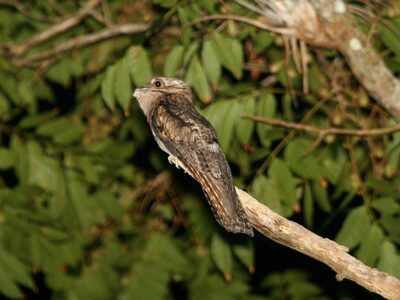
Northern Potoo
You can find them near golf courses in urban areas

Ocellated Turkey
These birds are timid and hard to spot, but their noisy gobbles give them away.

Ocelot
Also known as the Painted Leopard!
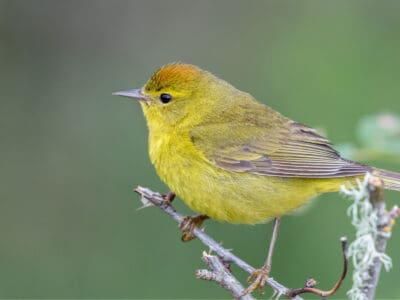
Orange-Crowned Warbler
Often mistaken for the Tennessee Warblers, which are equally dull.

Orb Weaver
Females are about four times the size of males

Osprey
They reuse nesting sites for 70 years!

Otter
There are 13 different species worldwide

Owl
The owl can rotate its head some 270 degrees

Owl Butterfly
Owl butterflies derive their name from big spots on each hindwing that resemble owl eyes

Painted Bunting
They are one of the most colorful species of birds.
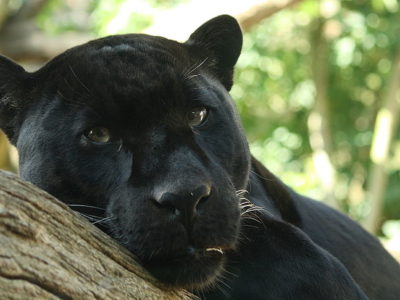
Panther
Prefers to hunt at night than during the day!
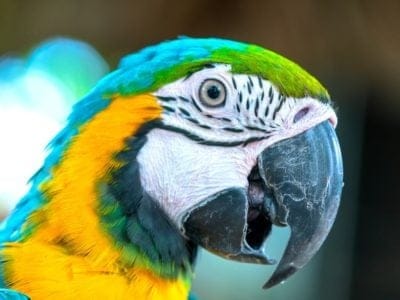
Parrot
Can live for up to 100 years!
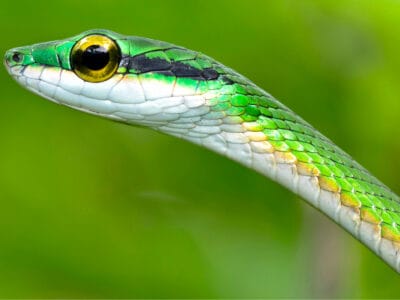
Parrot Snake
The parrot snake shows off with bright green and bronze colors that cover its entire body.

Peregrine Falcon
Fastest animal on Earth

Pheasant
Females lay between 8 and 12 eggs per clutch!

Pigeon
They can find their way back to their nests from up to 1300 miles away.
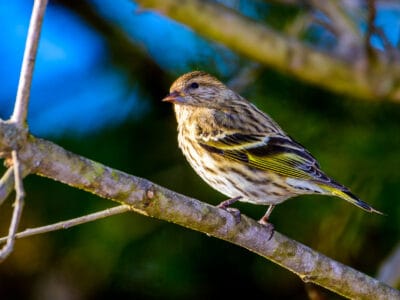
Pine Siskin
When foraging, pine siskins hang upside down to pick through the leaves and bark, collecting seeds from coniferous trees.
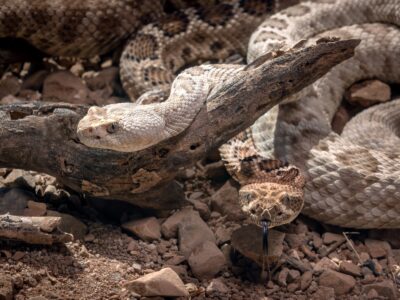
Pit Viper
Pit vipers's fangs fold up into their mouths when they don't need them.
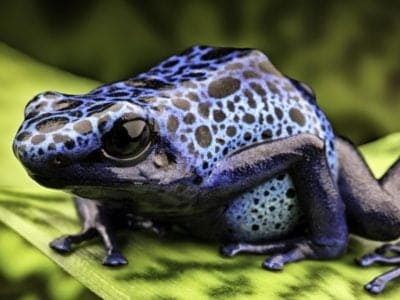
Poison Dart Frog
Inhabits the jungles of Central and South America!
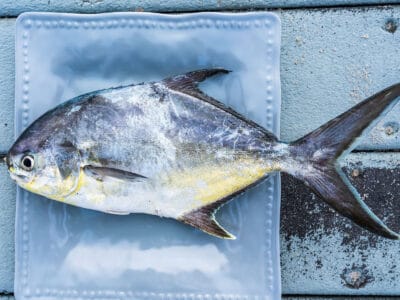
Pompano Fish
They are bottom-feeders
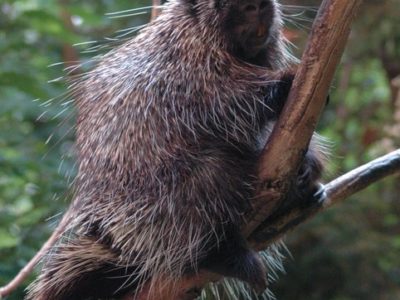
Porcupine
There are 30 different species worldwide!
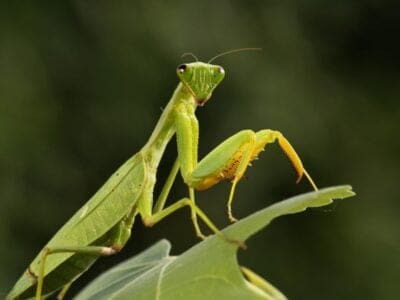
Praying Mantis
The mantis can turn its head 180 degrees.

Puma
Has longer back legs than front legs!

Quail
Inhabits woodland and forest areas worldwide!

Quetzal
The tail feathers of the male can be 1m long!
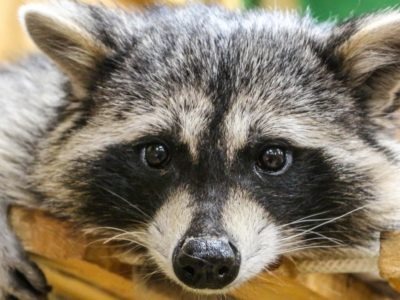
Raccoon
Known to wash their food before eating it!
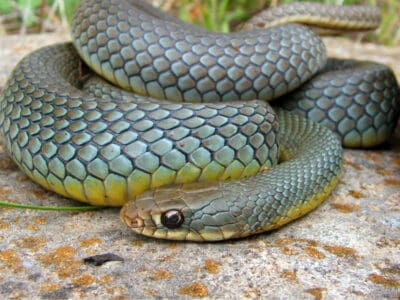
Racer Snake
The racer snake can speed away at up to 3.5 miles per hour

Rat
Omnivores that eat anything!
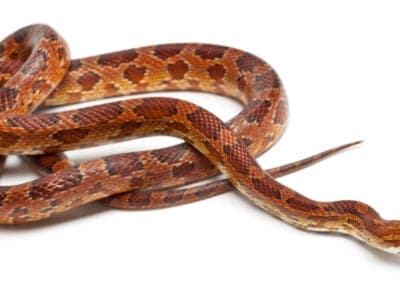
Rat Snakes
Rat snakes are constrictors from the Colubridae family of snakes.
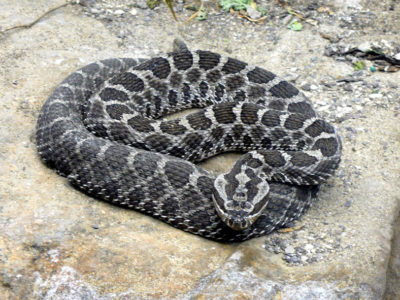
Rattlesnake
Rattlesnakes may have evolved their rattle to warn bison away from them.
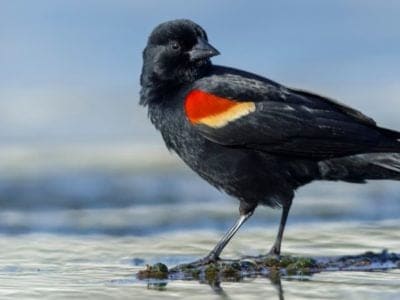
Red-winged blackbird
The male red-winged blackbird can sing to attract mates

River Turtle
Inhabits freshwater habitats around the world!
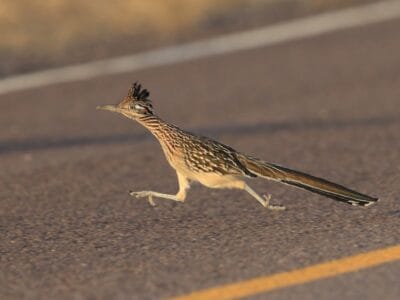
Roadrunner
Roadrunners are one of the few animals that prey on rattlesnakes and tarantula hawk wasps.
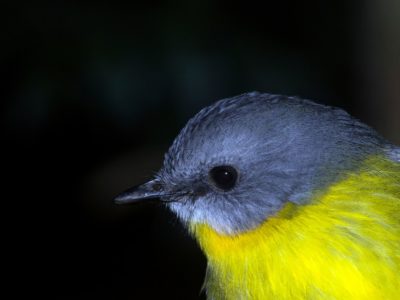
Robin
There are more than 45 species in Australia alone!

Rodents
The capybara, the world’s largest rodent, likes to be in and around bodies of water. Because of this, the Catholic Church in South America decided that it was a fish, and people were allowed to eat it during Lent and First Fridays.

Rooster
Will mate with the entire flock!
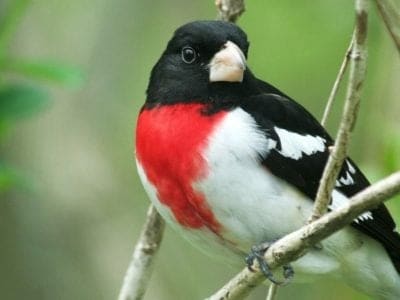
Rose-Breasted Grosbeak
This bird is also called cut-throat because the male looks like his throat has been cut and has bled over his breast.
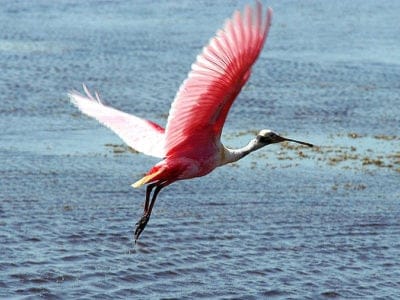
Roseate Spoonbill
The only Spoonbill in the western hemisphere!
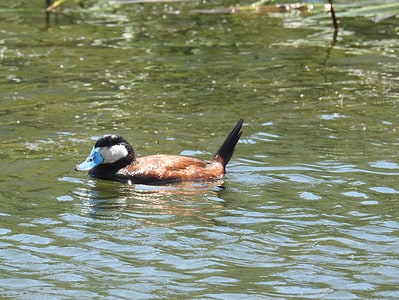
Ruddy Duck
Ruddy duck breeding males have bright blue bills!

Saber-Toothed Tiger
Canines up to 7 inches long!

Sable Ferret
Ferrets were used during the Revolutionary War to keep down the rat population.
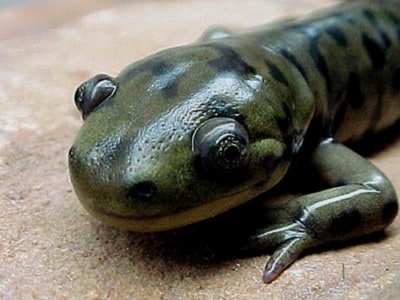
Salamander
There are more than 700 different species!
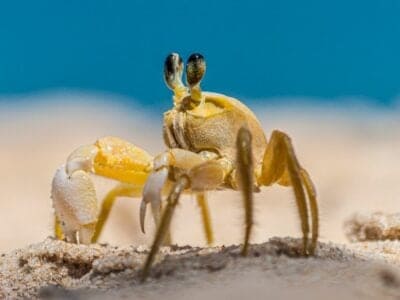
Sand Crab
The sand crab burrows beneath the sand with its tail
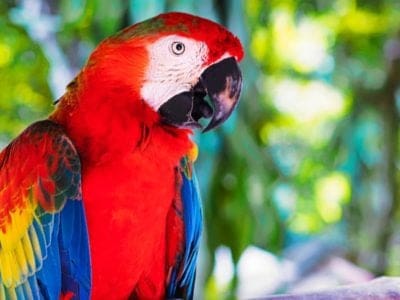
Scarlet Macaw
Like many parrots, the scarlet macaw is capable of vocal mimicry.
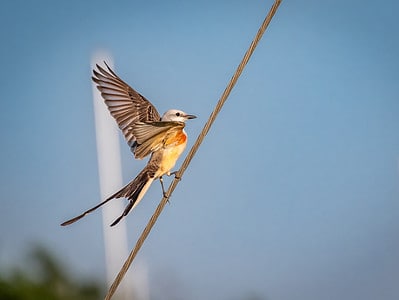
Scissor-tailed Flycatcher
Scissor-tailed flycatchers are known for their dramatically long tails!

Scorpion
There are around 2,000 known species!

Sea Eagle
The sea eagle tends to mate for life with a single partner

Seahorse
Males give birth to up to 1,000 offspring!
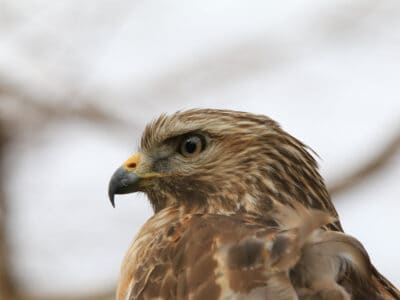
Sharp-Shinned Hawk
In captivity, sharp-shinned hawks can live up to 13 years. However, in the wild, this number is significantly reduced to 3 years!

Sheep
Around 35 million in the English countryside!
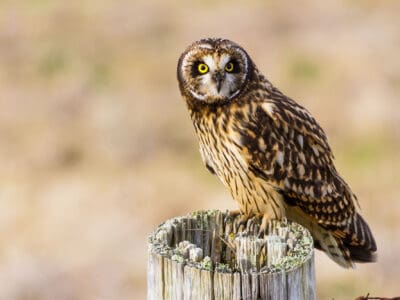
Short-Eared Owl
The short-eared owl is one of the most widespread owl species in the world, covering five continents.

Shrew
The spinal column of the shrew Scutisorex somereni is so strong and reinforced that it can support the weight of an adult human.

Shrimp
There are 2,000 different species worldwide!

Skink Lizard
Some skinks lay eggs in some habitats while giving birth to skinklets in other habitats.

Sloth
It's body temperature is between 30 - 34 degrees!

Slug
They glide around on one foot, which is aided by the slime they produce

Smokybrown Cockroach
Has up to 45 eggs per egg case

Snail
There are nearly 1,000 different species!

Snake
There are around 4,000 known species worldwide
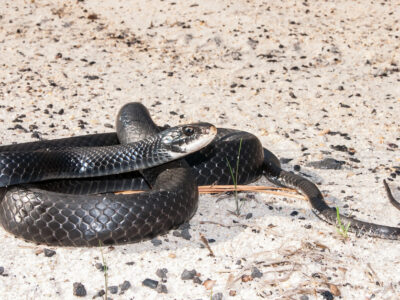
Southern Black Racer
These snakes live underground, beneath piles of leaf litter or in thickets, and they are expert swimmers.

Sparrow
There are 140 different species!

Spider Wasp
They prey on spiders to feed their larvae or they parasitize other spider wasps.

Squirrel
Small rodents found in woodlands worldwide!

Stick Insect
There are more than 3,000 different species!

Stork
They can’t sing like other birds.
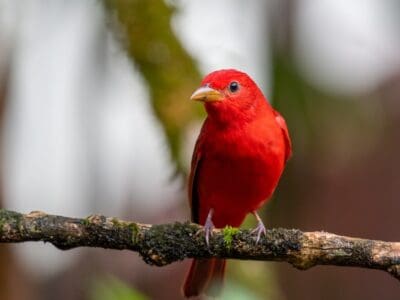
Summer Tanager
They remove bee stingers by rubbing them against a tree
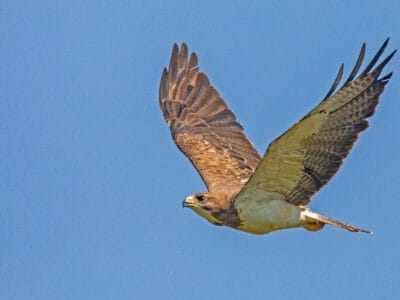
Swainson’s Hawk
Their wings form a “V” shape when flying.

Swan
Populations have been affected by pollution!

Tarantula Hawk
Tarantula hawks are excellent pollinators, especially for milkweed.

Termite
Their mounds can be up to 9 meters tall!

Thrush
The American robin is called the robin because its red breast reminded European settlers of the robin back in the old country.

Tick
They inject hosts with a chemical that stops them from feeling the pain of the bite

Tiger Beetle
The adult tiger beetle is one of the fastest land insects in the world

Tortoise
Can live until they are more than 150 years old!
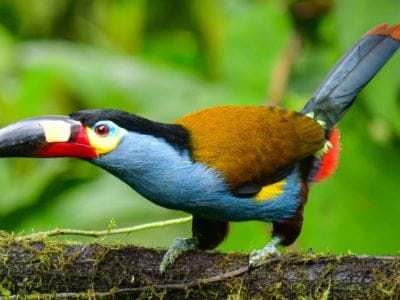
Toucan
There are more than 40 different species!
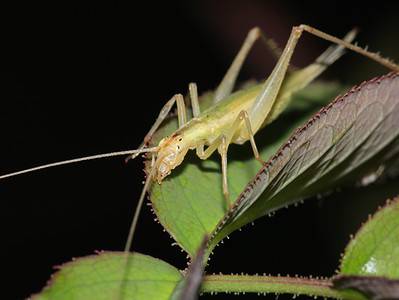
Tree Cricket
They make music with their wings

Tree Frog
Found in warmer jungles and forests!

Tree swallow
The tree swallow can make more than a dozen distinct vocalizations

Turtles
Some species of aquatic turtles can get up to 70 percent of their oxygen through their butt.
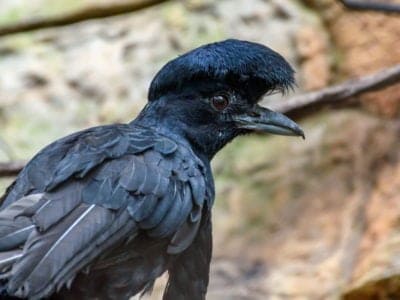
Umbrellabird
Migrates up and down the mountains!
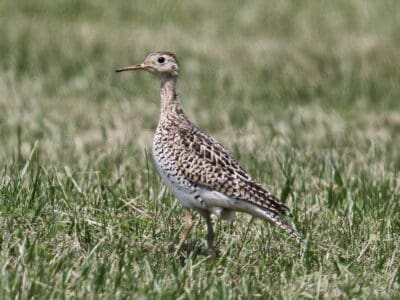
Upland Sandpiper
They make jerky movements as they walk through the grass, searching for food.
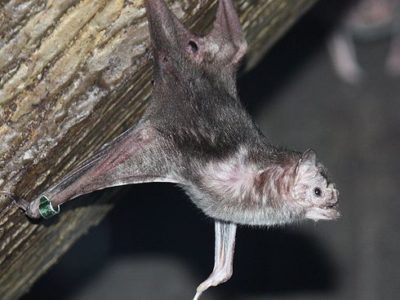
Vampire Bat
Have a heat sensor on the end of their nose!
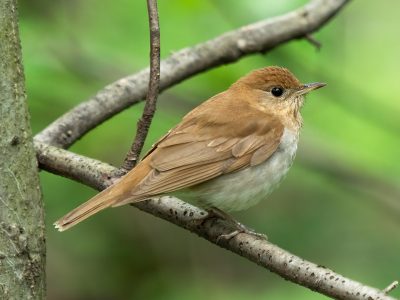
Veery
The veery is named for its sharp "veer" call.

Vermilion Flycatcher
They have a fast song that lasts up to 10 syllables at max.
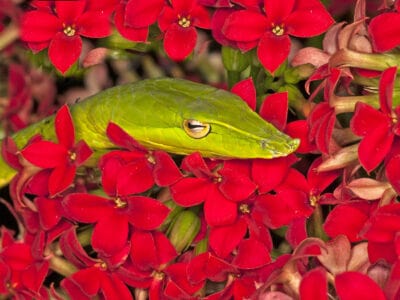
Vine Snake
A slender body and elongated snout give the vine snake a regal look.
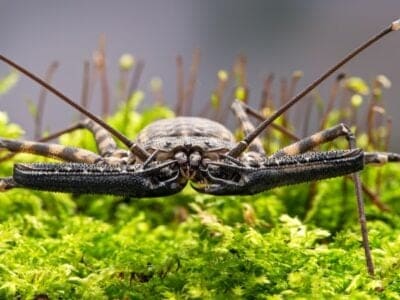
Vinegaroon
Vinegaroons can spray 19 times before the glands are depleted

Vulture
There are 30 different species worldwide!

Wasp
There are around 75,000 recognised species!
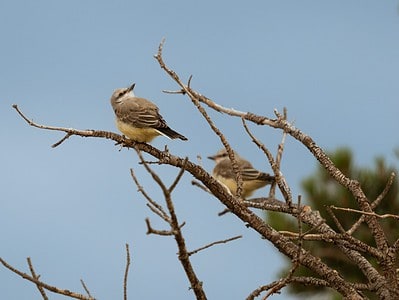
Western Kingbird
Western kingbirds have hidden red crown feathers that they can raise when threatened!
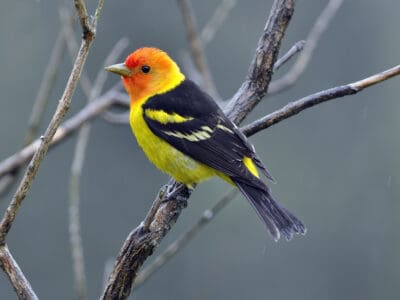
Western Tanager
They migrate farther north than any other tanager.
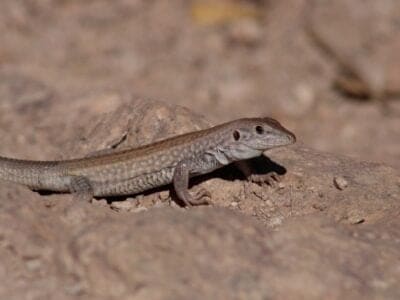
Whiptail Lizard
Many whiptail species reproduce asexually.
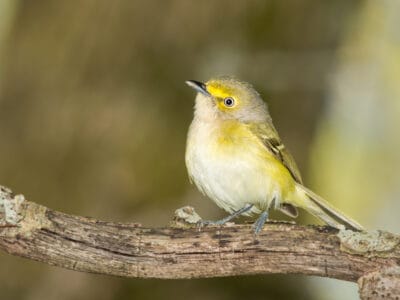
White-Eyed Vireo
During courtship, males put on exciting displays by fluffing their plumage, spreading their tails, and letting out a whining call.
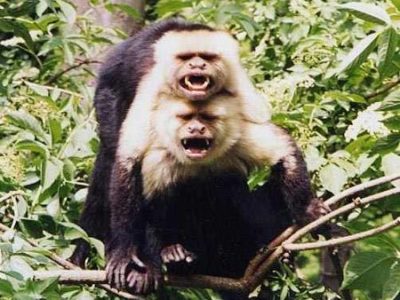
White-Faced Capuchin
One of the world's most intelligent monkeys!

White Ferret / Albino Ferrets
There are two different types of white ferrets!
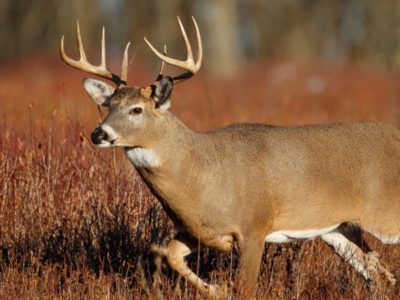
White-tail deer
White-tail deer are good swimmers
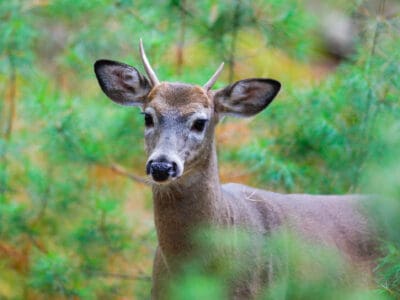
Whitetail Deer
Although deer are herbivores, they will sometimes eat mice and birds when they can catch them.

Willow Flycatcher
These birds live in the understory and are named for their propensity for flitting between willows and shrubs.

Wolf Spider
Carnivorous arachnid that hunts its prey.

Wood Turtle
Temperature determines the sex of turtle eggs

Woodlouse
This animal can roll up into a ball

Woodpecker
There are 200 different species!

Worm
Doesn’t have eyes.

Yellow Bellied Sapsucker
The males are responsible for choosing the nesting tree most of the time. Luckily, cavity nests are often reused for multiple breeding seasons (up to 7 years.)

Yellow Spotted Lizard
Gives birth to live young.

Yellowthroat
They forage near the ground, searching leaves for insects
Guatemalan Animals List
- Acadian Flycatcher
- Admiral Butterfly
- Agouti
- Amazon Parrot
- American Eel
- Anhinga
- Anole Lizard
- Ant
- Anteater
- Armadillo
- Armyworm
- Asian Lady Beetle
- Barn Owl
- Barn Swallow
- Basilisk Lizard
- Bat
- Bear
- Bed Bugs
- Bee
- Beetle
- Beewolf wasp
- Bird
- Biscuit Beetle
- Black and White Warbler
- Black Widow Spider
- Blackburnian Warbler
- Blind Snake
- Blue Catfish
- Blue grosbeak
- Blue Tanager (Blue-Grey Tanager)
- Blue Tang
- Bobcat
- Booby
- Brahminy Blindsnake
- Brazilian Treehopper
- Brown Dog Tick
- Buffalo Fish
- Burrowing Owl
- Butterfly
- Caecilian
- Caiman
- Camel Cricket
- Carpenter Ant
- Cat
- Caterpillar
- Catfish
- Cedar Waxwing
- Centipede
- Checkered Garter Snake
- Chestnut-Sided Warbler
- Chicken
- Cichlid
- Coati
- Cockroach
- Codling Moth
- Collared Peccary
- Common Furniture Beetle
- Common House Spider
- Common Yellowthroat
- Coral Snake
- Cormorant
- Cow
- Crab
- Crab Spider
- Cricket
- Crocodile
- Crocodylomorph
- Crow
- Cuckoo
- De Kay’s Brown Snake
- Dickcissel
- Dog
- Dog Tick
- Donkey
- Dragonfly
- Dubia Cockroach
- Duck
- Dung Beetle
- Dusky Shark
- Dwarf Boa
- Eagle
- Earthworm
- Earwig
- Eastern Meadowlark
- Eastern Racer
- Eel
- Elegant Tern
- Emerald Toucanet
- Eyelash Viper
- Falcon
- False Widow Spider
- Fiddler Crab
- Firefly
- Flamingo
- Flea
- Fly
- Flying Squirrel
- Frog
- Fruit Fly
- Fulvous Whistling Duck
- Gar
- Gecko
- German Cockroach
- Giant Leopard Moth
- Glowworm
- Gnat
- Golden-Crowned Kinglet
- Grasshopper
- Gray Catbird
- Gray Fox
- Great Blue Heron
- Great Crested Flycatcher
- Great Potoo Bird
- Guppy
- Hairy Woodpecker
- Hammond’s flycatcher
- Hamster
- Hare
- Harpy Eagle
- Harris’s Hawk
- Hawk Moth Caterpillar
- Hepatic Tanager (Red Tanager)
- Hercules Beetle
- Heron
- Herring Gull
- Honey Bee
- Horned Lizard
- Horse
- Horsefly
- House wren
- Housefly
- Howler Monkey
- Human
- Hummingbird
- Huntsman Spider
- Ibis
- Iguana
- Insects
- Jabiru
- Jacana
- Jack Crevalle
- Jaguar
- Jumping Spider
- Keel-Billed Toucan
- Kentucky Warbler
- Killdeer
- Kingfisher
- Kinkajou
- Ladybug
- Least Flycatcher
- Leech
- Leopard Frog
- Lesser Scaup
- Lizard
- Locust
- Lone Star Tick
- Macaw
- MacGillivray’s Warbler
- Maggot
- Magnolia Warbler
- Margay
- Marine Toad
- Mayan Cichlid
- Mayfly
- Mealybug
- Mexican Alligator Lizard
- Mexican Free-Tailed Bat
- Millipede
- Mockingbird
- Mole
- Mole Cricket
- Molly
- Monarch Butterfly
- Mongrel
- Monkey
- Moonglow Boa
- Moorhen
- Morpho Butterfly
- Mosquito
- Moth
- Mountain Lion
- Mourning Dove
- Mourning Gecko
- Mourning Warbler
- Mouse
- Mule
- Muscovy Duck
- Nematode
- No See Ums
- Northern Cardinal
- Northern Harrier
- Northern Parula
- Northern Pintail
- Northern Potoo
- Ocellated Turkey
- Ocelot
- Orange-Crowned Warbler
- Orb Weaver
- Osprey
- Otter
- Owl
- Owl Butterfly
- Ox
- Painted Bunting
- Panther
- Parrot
- Parrot Snake
- Peregrine Falcon
- Pheasant
- Pigeon
- Pine Siskin
- Pit Viper
- Poison Dart Frog
- Pompano Fish
- Porcupine
- Praying Mantis
- Puma
- Quail
- Quetzal
- Raccoon
- Racer Snake
- Rat
- Rat Snakes
- Rattlesnake
- Red-winged blackbird
- River Turtle
- Roadrunner
- Robin
- Rodents
- Rooster
- Rose-Breasted Grosbeak
- Roseate Spoonbill
- Ruddy Duck
- Saber-Toothed Tiger
- Sable Ferret
- Salamander
- Sand Crab
- Scarlet Macaw
- Scissor-tailed Flycatcher
- Scorpion
- Sea Eagle
- Seahorse
- Sharp-Shinned Hawk
- Sheep
- Short-Eared Owl
- Shrew
- Shrimp
- Skink Lizard
- Sloth
- Slug
- Smokybrown Cockroach
- Snail
- Snake
- Southern Black Racer
- Sparrow
- Spider Wasp
- Squirrel
- Stick Insect
- Stork
- Summer Tanager
- Swainson’s Hawk
- Swallowtail Butterfly
- Swan
- Tarantula Hawk
- Termite
- Thrush
- Tick
- Tiger Beetle
- Tortoise
- Toucan
- Tree Cricket
- Tree Frog
- Tree swallow
- Turkey
- Turtles
- Umbrellabird
- Upland Sandpiper
- Vampire Bat
- Veery
- Vermilion Flycatcher
- Vine Snake
- Vinegaroon
- Vulture
- Wasp
- Western Kingbird
- Western Tanager
- Whiptail Lizard
- White-Eyed Vireo
- White-Faced Capuchin
- White Ferret / Albino Ferrets
- White-tail deer
- Whitetail Deer
- Willow Flycatcher
- Wolf Spider
- Wood Turtle
- Woodlouse
- Woodpecker
- Worm
- Yellow Bellied Sapsucker
- Yellow Spotted Lizard
- Yellowthroat
Guatemala FAQs (Frequently Asked Questions)
What kind of animals live in Guatemala?
Guatemala is a tropical country and thus its animal species are also tropical in nature. As is often the case, many more snakes, lizards, and other reptiles are found in such regions than exist in more temperate zones. Monkeys, crocodiles, exotic birds, and the ever-lurking but seldom glimpsed jaguar are among those species most commonly associated with the country.
What dangerous animals live in Guatemala?
Since they are present in large numbers, the crocodile probably represents the most statistically dangerous risk. One might also consider the various plagues transmitted by mosquitoes, in which case the crocodile menace decreases to a great degree. Jaguars, angry monkeys, and various reptilian risks are always to be careful around. The well-known Tarantula spider is also a native species of Guatemala. These are the only member of the spider family that hunts rather than spins webs to trap their prey in.
Are there jaguars in Guatemala?
Central America, including Guatemala, is the original home of the famed jaguar. Here in the deepest parts of the Guatemalan jungle is the place where they are most likely to live, although there is almost no chance of ever seeing one outside of zoological conditions.
Are there any tigers in Guatemala?
Tigers are an Asiatic member of the cat family. Thus, there are no tigers in Guatemala unless there is perhaps a sample or two in some zoo.




